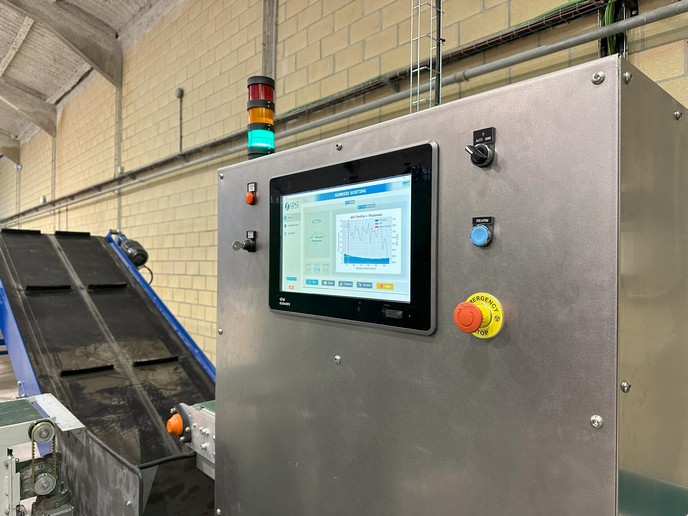Extending organic solar cell lifetime
Organic photovoltaics (OPVs) have been recently brought to the table mainly due to their inexpensive fabrication in large roll-to-roll films from relatively abundant materials. To date, however, OPV technology suffers from limited lifetime; in the region of a five-year period. Light-absorbing materials that harvest solar radiation need to be durable and not degrade over time. Against this backdrop, scientists on the EU-funded project 'Synthesis and application of block copolymers for interfacial stability in organic solar cells' (SYNABCO) sought to significantly prolong OPV lifetime by designing novel block copolymers. These polymer layers were designed to improve device stability through low-energy equilibrium structures that hold the photoactive materials in place. Binding critical components together within the device should also boost power-conversion efficiency. Two different block copolymer libraries were designed and synthesised. Using a new synthetic route, the block copolymers did not contain metal contaminants that are known to have a negative impact on device performance. The phase diagram of both material libraries are currently under construction. The effect of SYNABCO new polymers on lifetime and efficiency of real OPV devices are currently being tested. The project findings should enhance European competitiveness and provide a step change in the PV technology platform.
Keywords
Organic solar cell, cell lifetime, block copolymer, device stability, photoactive material







